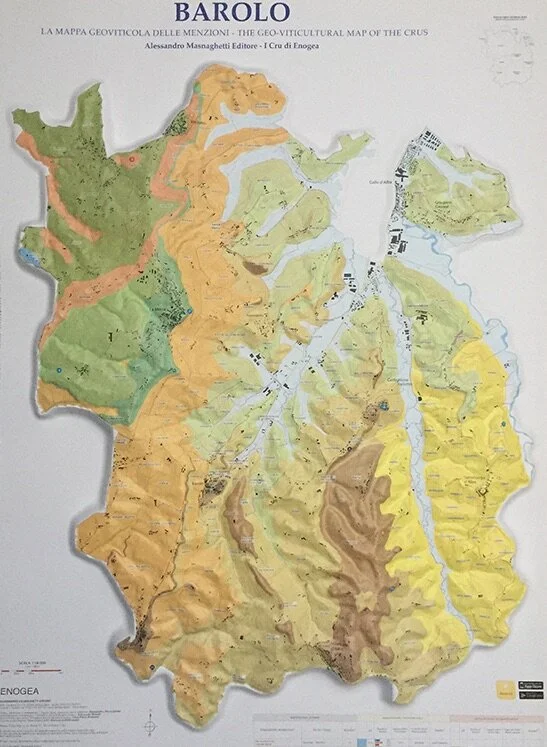Visiting Langhe; Where to Stay Guide on Hotels, Bed & Breakfast, Relais Chateaux, and more
/by Amanda
Here is a quick list of my favorite places to stay in Langhe from easy Bed & Breakfasts, to high end castles and Relais Chateaux.
Village : Corneliano d’Alba
Parco Reala
Close enough to the town of Alba and in a strategic central location to all the fun in Langhe, while it is nestled in the peaceful fields of the Roero winemaking region. This family has 2 properties, a beautiful villa for rent for groups of 6 in the hills of the Monferrato area close to the bustling town of Castagnole delle Lanze, Canelli, and Neive. While Parco Reala is located strategically in the area of Roero, a stone’s throw to the epicenter of the white truffles, Alba. In this villa they have 4 very spacious rooms with a small living area as well as a kitchenette. There is a spa on location, a full sized swimming pool and plenty of outdoor space to relax amongst nature. You probably wish you booked a longer stay once you arrive to this oasis.
Village : Sinio
Hotel Castello di Sinio
This beautiful XII century castle perched on top of the town Sinio, is strategically located in-between the famous Barolo and Barbaresco wine areas, making it convenient to visit both areas. Here you will be greeted by a warm and welcoming staff and one of the area’s most amazing host Denise Pardini. The rooms have been tastefully furnished keeping in mind the original castle’s architecture, but with all the comforts of a luxury hotel.
Village : Alba
Villa La Favorita
This absolutely beautiful 19th century country house located right outside of the town center. Is a perfect oasis of country living and relaxation centrally located in the center of two world class wine regions. Besides the house being stunning the hosts who run the property are some of the sweetest most accomodating people I know. A plus about this property is they also have e-bikes for their guests use.
https://villalafavorita-alba.it/
Village : La Morra
Corte Gondina Boutique Hotel
Built in the beginning of the 1900’s located in the heart of the small hill top town La Morra in the Barolo wine area. You will be greeted with all the comforts of home in this quaint hotel.
Walking distance to many bars and restaurants, this hotel is in an ideal location.
Village : Canelli
Relais Chateaux Villa del Borgo
This Relais was once an ancient monastery that was built in the historical part of the city Canelli in the XVIII century. This small hotel is perfectly located with stunning hill top views as well as all the luxuries that a Relais Chateaux has to offer. Patrizia is an amazing host with a great eye for details and splendid hospitality.
Village : Guarene
Relais Chateaux Castello di Guarene
This palace was built in the 18th century by an ambitious nobleman Carlo Giacinto Roero. Overlooking the city of Alba on the left bank of the river Tanaro you will find this castle located in the Roero winemaking area. The hotel has been tastefully furnished giving you the feel of royalty.
Village : Neive
Al Palazzo Rosso
A small and well done renovation of an old historical house located in the center of Neive village. It is here the small hotel of 4 rooms all tastefully designed with all the comforts of home. You will be welcomed by the fabulous Benedetta who is kind and gentle, and has an eye for modern style. Take a look in her little shop for some funky pieces. They also have a small quaint wine bar “La Cantinetta” to enjoy a glass of some of the smaller local wine producers.
Village : Treiso
Agriturismo Dai Grésy
This small luxury hotel is immersed in the vine covered hills of the Barbaresco wine area. Here you will find the simple luxuries of the countryside, in a beautifully restored country house.
Village : Castagnole delle Lanze
Dimora Cortese
Located in the sleepy center of Castagnole delle Lanze, this 19th century mansion has been beautifully restored.
https://www.dimoracortese.it/en
Village : Costigliole d’Asti
Villa Pattono
This gorgeous villa located in the center of vine covered rolling hills, for a peacefully and relaxing stay. Equipped with a helicopter pad, for easy and fast transportation.







































